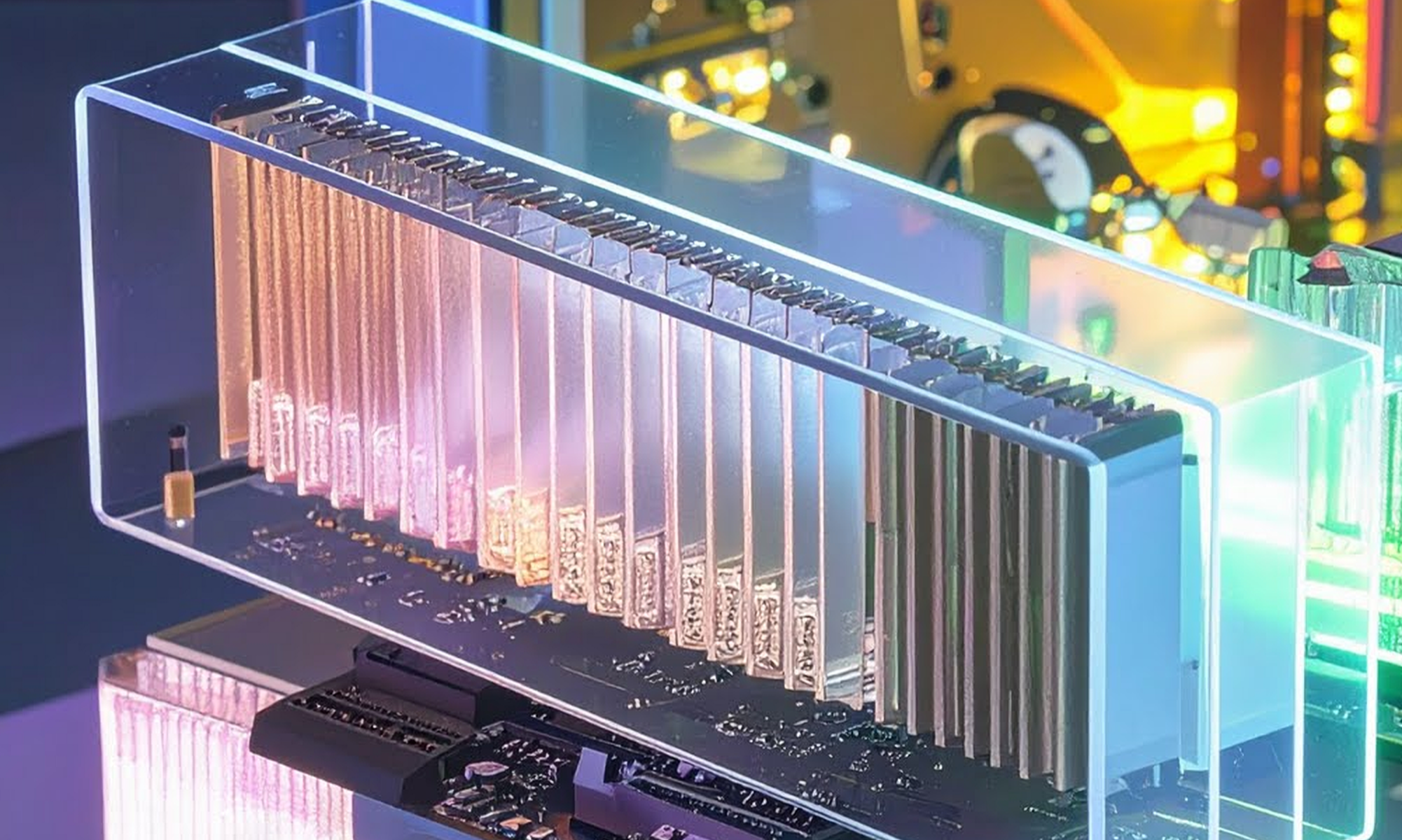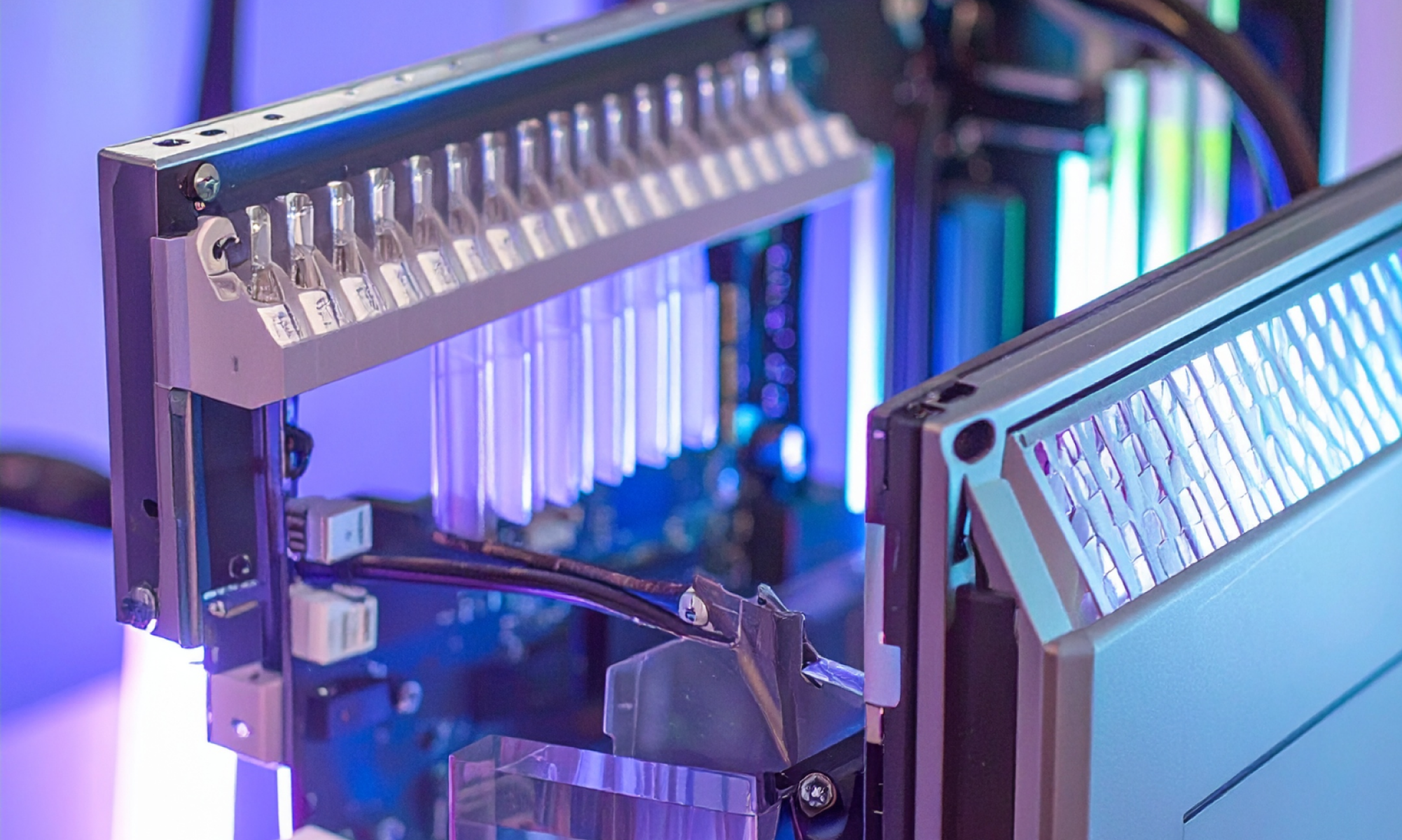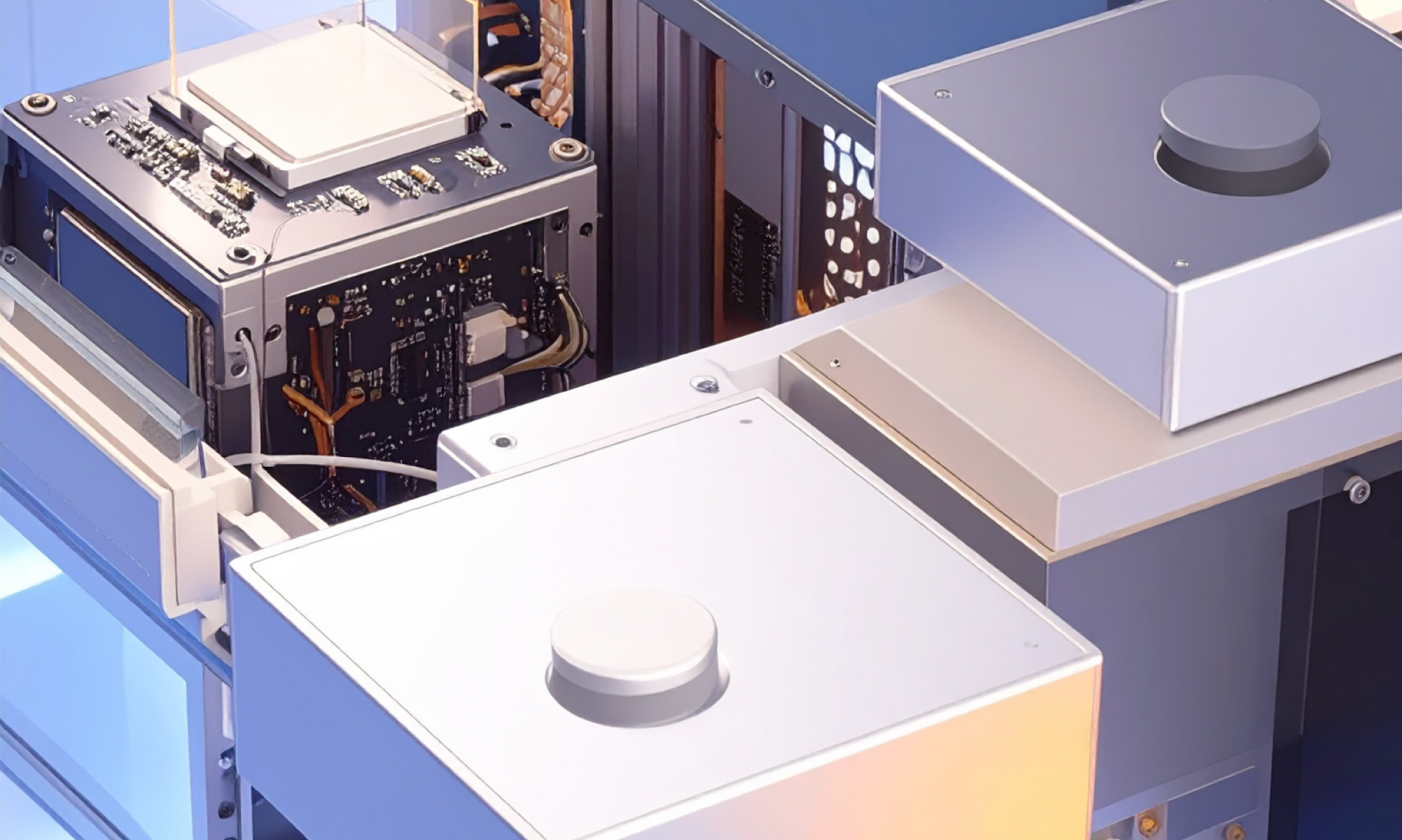AI
our blog
An Introduction to No-Code Development

We’ve recently written and shared a number of tech related posts looking at a variety of usage scenarios and technology from sound detection, voice controlled apps and progressive web apps.
In our latest post we’ve decided to take a look at No-Code development, exploring what it is, some of the platforms available and the pros and cons of each.
What is No-Code?
No-Code frameworks are programming platforms that allow non-technical users to create applications using a visual development interface without writing a single line of code’. The drag-and-drop capabilities of No-Code platforms makes them easy to use for non developers enabling them to visually create a working mobile and web app.
Why is No-Code development becoming so popular?
What could be better than assisting non-technical developers in creating a multipurpose app with excellent UI/UX and no code? Most people today, including developers and business users, are interested in No-Code development since it’s ideal for firms with a backlog of development projects.
Based on our own experience working on No-Code projects we thought it would be useful to list some notable features and benefits of this approach:
- Quicker time to market - With ready made frequently used components, No-Code platforms can help turn around projects efficiently and in a fraction of time. Compared to conventional coding methods, No-Code development requires less time to complete development as the developers do not need to hand-code each line of code. In addition, the visual interface bridges the gap between the idea and the workable application. This helps the developers get products to market faster with fewer headaches.
- Bridges communication gaps - There’s usually a disconnect between the business leaders and the IT teams that support the development during traditional development. No-Code development bridges this gap by promoting transparency and cross-team collaboration.
- Cost-effectiveness - No-Code application development abstracts the complexities of front-end and back-end development where a single developer can build the complete stack. The applications can be built quicker as they don’t necessarily need to create all the code from scratch. Less time and fewer people required for development reduces the build and maintenance cost.
- Higher ROI - From a business perspective, using a No-Code platform helps bridge skill gaps and reduces company risk of catastrophic failure, resulting in higher ROIs. The developers or users can quickly build and customise the application with an improved user interface. Since it needs just one developer, the others can focus on solving other pressing business problems rather than working on application development and deployment challenges.
On top of all of this, the Covid-19 pandemic was an unprecedented situation where most businesses have been thinking of other ways and processes to survive. No-Code platforms have proved to be a great alternative to traditional coding development where extra resources, time, and cost are needed.
No-Code is also preferred for its overall efficiency factor. According to 451 Research, No-Code development can reduce the development time and cost to at least 90 percent in some cases. Furthermore, many firms have started utilising their existing IT teams and business analysts to employ No-Code machine learning platforms as part of the new revolution. This has helped the companies reassess the way they work traditionally.
Notable No-Code Development Platforms
We have tried and evaluated multiple No-Code platforms out there like Adalo, DronaHQ, AWS Amplify, Webflow, Bubble and FlutterFlow. Each has its own pros and cons and it really is a case of what suits your requirements best.
In our experience and based on our specific needs to cater to different use cases for our clients, we ended up using Webflow, Bubble and FlutterFlow.
Webflow:
Webflow is a very popular No-Code platform to build responsive websites. It is extremely intuitive and can potentially be used even by designers to create working websites straight from designs. We think it’s a great option for creating and hosting websites quickly. The Webflow product team is constantly upgrading the platform with regular releases and external integrations. We think Webflow is best suited for brand.com or marketing campaign sites which are primarily read only.
Bubble:
Bubble is another popular No-Code platform that allows users to build a web application using a drag and drop interface in the browser. It is packed with many features that make it easier and faster for the development process. There are a lot of predefined components with the ability to customise them and define workflows between pages/components. It also gives the ability to connect to popular external databases via APIs. We think Bubble is a great platform to build web applications which are interactive and promote user interactions with custom logic.
FlutterFlow:
FlutterFlow is built on top of Flutter itself and just like Flutter is new but gaining popularity very quickly. FlutterFlow is used for building native mobile applications. The components range from simple lists and buttons to audio player, web view, video player, or even Google Maps. The best part of using FlutterFlow is that it gives the ability to export the entire application as Flutter code and connect it to a Github repository. Developers can then customise and add any functionality in native Flutter language even if it is not available in FlutterFlow. This means that you can potentially have the best of both worlds and build standard screens quickly using FlutterFlow and then use Flutter to customise where you wish.
Our thoughts on No-Code Development
No-Code is considered by some as the future of software development. Experts predict that citizen developers will use No-Code platforms to build an increasing number of applications. This is because it will provide the necessary governance for the development of all company processes.
Nonetheless, we believe that No-Code will not be able to replace traditional coders or developers completely. They may however make things much easier for everyone involved. No-Code would lower the entry hurdles, making the process easier and more accessible to those who aren’t technically inclined. At Studio Graphene we will be watching this space closely and we're looking forward to see how this evolves.









